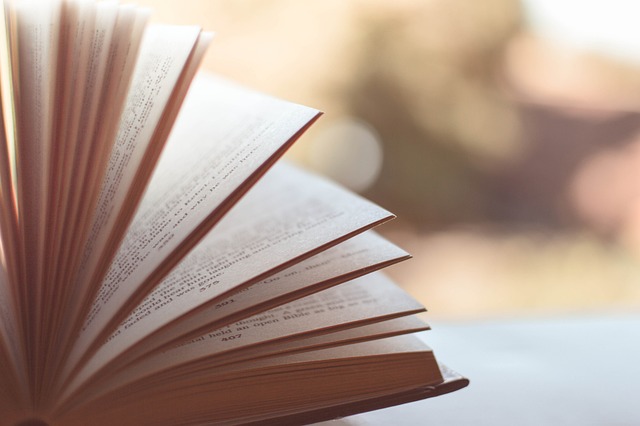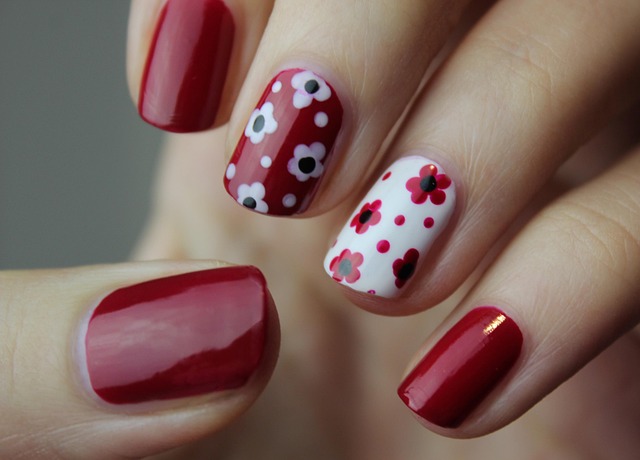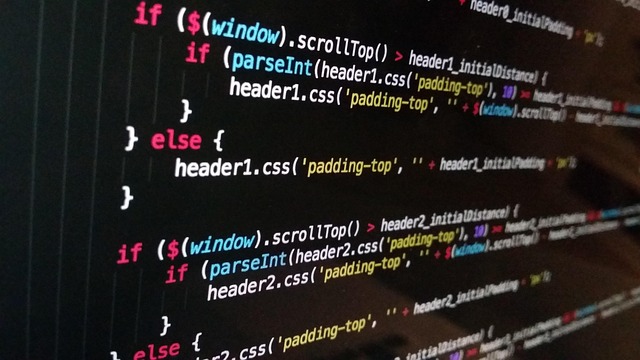In our fast-paced, image-saturated world, the simple act of browsing images can evoke a range of emotions—serenity, nostalgia, joy, or even anxiety. Many of us find solace in visually stimulating content, using it as a form of escape from the demands of daily life. However, this reliance on digital images for comfort raises questions about the relationship between technology and the human experience. Are we truly revitalizing ourselves through this act of browsing images, or are we merely masking deeper issues?
Digital detox has become a buzzword in recent years, suggesting a lifestyle shift towards unplugging from screens to reclaim our mental health and well-being. The idea is simple: by distancing ourselves from technology, we create space to reconnect with the physical world and our inner selves. This approach challenges the notion that browsing images—often a default method of leisure—can serve as a restorative activity. When we engage with images online, we’re often bombarded with a flood of curated perfection that can lead to comparison and dissatisfaction, rather than the uplifting experience we seek.
In contrast, the human experience thrives on genuine connections and real-life interactions. Studies have shown that spending time outdoors, engaging in physical activities, or simply enjoying a moment of stillness tends to restore our mental state more effectively than scrolling through digital galleries. The human brain craves authenticity, and while digital images can provide a temporary escape, they often lack the depth and richness of relating to the world directly around us.
It’s crucial to consider how we curate our experiences. Can the blissful act of browsing images transition into a mindful practice that enriches our lives rather than detracts from them? Perhaps allocating specific times for this activity—turning it into a conscious, intentional practice—can allow us to savor and appreciate the art and memories without falling into the trap of mindless consumption. Imagine sitting down with a cup of tea, browsing a collection of family photos or images of your favorite landscapes; this can evoke warmth and nostalgia instead of anxiety and distraction.
Moreover, engaging in photography can also provide a creative outlet, serving both as a therapeutic tool and a way to capture the essence of the world around us. By taking the time to browse images we’ve taken ourselves, we honor our experiences and the beauty we’ve encountered in our journey. This brings us closer to the human experience, allowing for reflection and connection.
As we navigate between the digital and physical realms, it’s essential to recognize the restorative power in our choices. Embracing a digital detox doesn’t mean completely severing ties with technology—rather, it encourages us to redefine our relationship with it. By setting boundaries, we can effectively curate our experiences, ensuring that the act of browsing images serves as a source of joy and rejuvenation instead of a window into someone else’s curated life.




